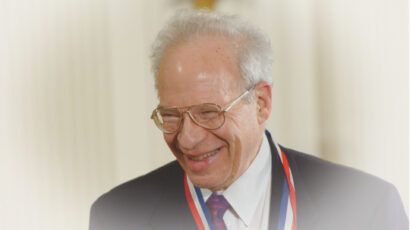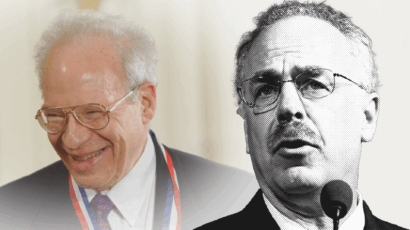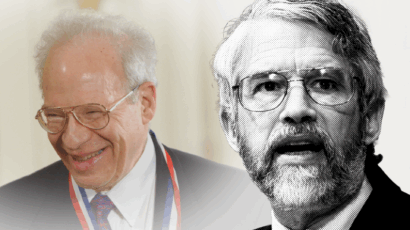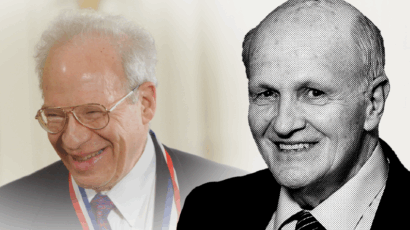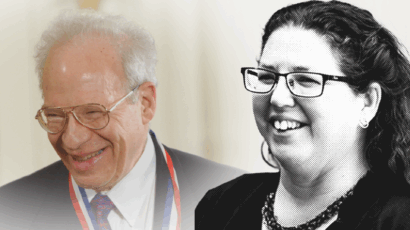Mission Impossible
By Henry Sokolski | March 1, 2001
Described as “preventive defense” or “extended deterrence” by its supporters–but decried as “a new form of gunboat diplomacy” by its detractors–a new program called the “Counterproliferation Initiative” was unveiled in December 1993 by then-Defense Secretary Les Aspin.
There was considerable controversy over what “counterproliferation” meant. But it was widely interpreted as indicating that the United States–having recently demonstrated overwhelming military superiority in the Gulf War–would now flex its muscles even further, looking into the ways and means of preemptively striking regional troublemakers or would-be attackers.
Although there was talk of building conventional weapons capable of destroying deeply buried targets like command centers (Aspin said both new strategies and new military capabilities were needed), the initiative envisioned the use of U.S. nuclear weapons to defeat chemical or biological weapons. The idea, simply, was to “locate, neutralize, or destroy” others’ weapons of mass destruction before they could be used. For the first time, the United States openly added targets in the Third World to its nuclear-weapons targeting plan.
Now, after eight years of reality, the initiative has morphed into something much less than promised. Author Henry Sokolski describes the process.
Together, we make the world safer.
The Bulletin elevates expert voices above the noise. But as an independent nonprofit organization, our operations depend on the support of readers like you. Help us continue to deliver quality journalism that holds leaders accountable. Your support of our work at any level is important. In return, we promise our coverage will be understandable, influential, vigilant, solution-oriented, and fair-minded. Together we can make a difference.
Issue: Bulletin of the Atomic Scientists Volume 57 Issue 2
Topics: Uncategorized









